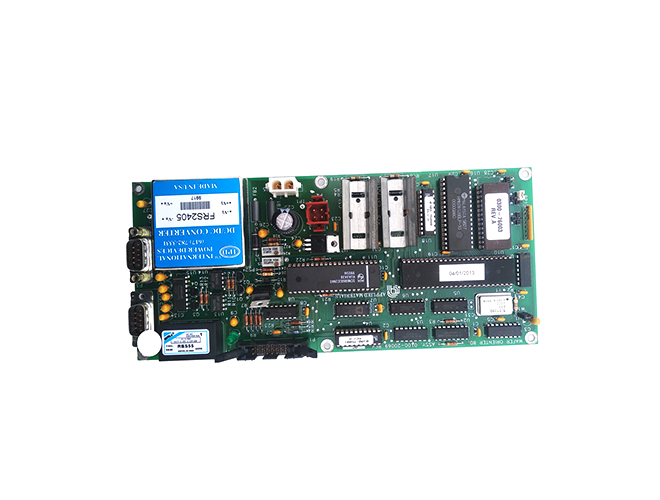-
CN
-
Service Hotline
+8618129931046 Mr. Liao


Time:2025-07-01 Views:1

Electromagnetic shielding design for multi - layer boards is essential for preventing electromagnetic interference (EMI) from affecting the performance of electronic circuits and for ensuring that the board itself does not radiate excessive EMI that could interfere with other electronic devices.
One of the primary key points is the proper grounding strategy. A well - designed ground plane in a multi - layer board serves as an effective reference for electrical signals and helps to absorb and dissipate electromagnetic energy. In multi - layer boards, dedicated ground planes are often included, and they should be as continuous as possible. Gaps or breaks in the ground plane can create electrical discontinuities, which act as antennas and radiate EMI. To avoid this, designers ensure that all components are properly grounded to the ground plane through low - impedance vias. Additionally, multiple ground planes can be used in some cases, such as separating the analog and digital ground planes to prevent digital noise from coupling into the analog circuits. By maintaining a solid and well - connected ground system, the multi - layer board can effectively shield against external EMI and reduce its own EMI emissions.
Another important aspect is the use of shielding enclosures or shields on the PCB itself. Metallic shields, such as copper or aluminum foils, can be applied to sensitive areas of the board, such as around high - frequency components or circuits that are prone to EMI. These shields are connected to the ground plane to create a Faraday cage - like effect, blocking the entry and exit of electromagnetic fields. The shields need to be properly sealed at the edges to prevent any leakage of electromagnetic energy. In some cases, conductive gaskets or adhesives are used to ensure a tight and continuous seal between the shield and the PCB. For example, in a wireless communication module on a multi - layer board, a metallic shield can be placed around the radio - frequency (RF) circuitry to prevent interference with other components on the board and to comply with electromagnetic compatibility (EMC) regulations.
Component placement and routing also play a crucial role in electromagnetic shielding design. High - speed or high - frequency components should be placed away from sensitive analog components to minimize the risk of crosstalk. Signal traces carrying high - frequency signals should be routed as short as possible and kept away from edges of the PCB, as edges can act as radiating antennas. Differential signaling can be used for high - speed data transmission, as it helps to cancel out common - mode noise and reduce EMI emissions. Additionally, proper filtering components, such as ferrite beads and capacitors, should be placed at strategic locations on the board to suppress high - frequency noise. By carefully considering component placement and routing, designers can reduce the generation and propagation of EMI within the multi - layer board. Overall, a comprehensive approach that includes proper grounding, shielding, and optimized component placement and routing is necessary to achieve effective electromagnetic shielding in multi - layer boards and ensure the reliable operation of electronic systems.